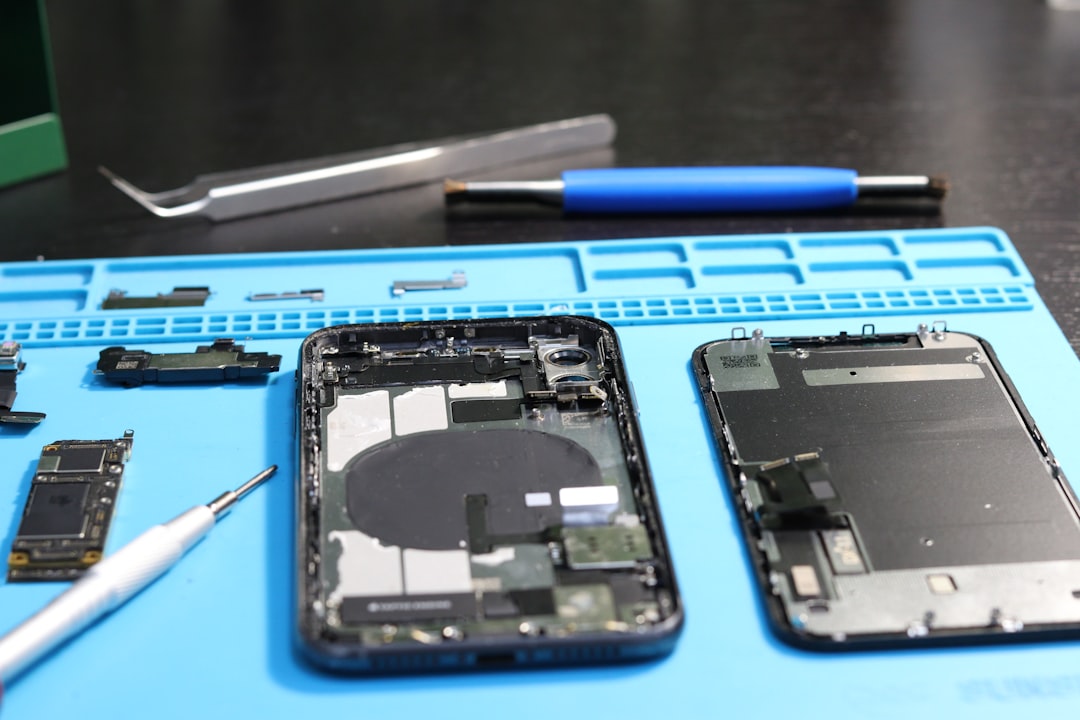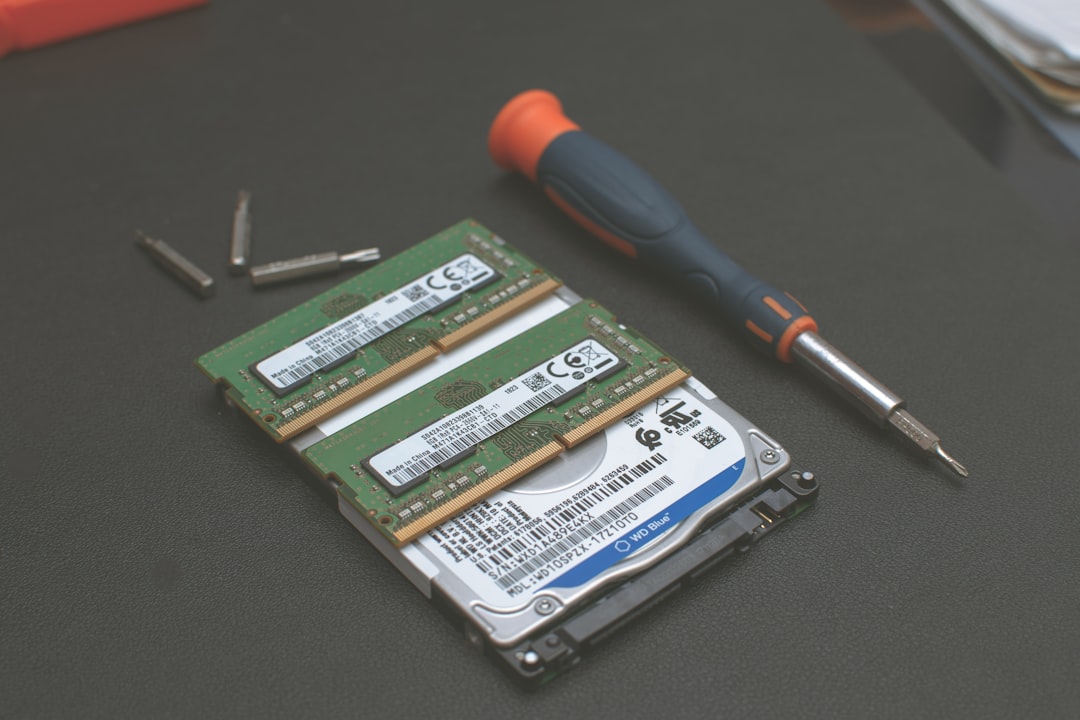Have you ever wondered what happens behind the scenes of your Chromebook? There’s a secret tool built right into Chrome OS that lets you take a peek under the hood. It’s called Crosh, short for Chrome Shell. Think of it as a hidden command center for your Chromebook!
Don’t worry — you don’t need to be a computer genius to use Crosh. In fact, it’s designed for both casual users and tech-savvy tinkerers. Let’s dive in and find out what Crosh is all about, what it can do, and how you can start using it today.
What Is Crosh?
Crosh is a command-line interface that comes built into every Chromebook. It works like the terminal on Mac or Command Prompt on Windows, but it’s made especially for Chrome OS.
You can use Crosh to run diagnostics, test your hardware, connect to networks, and even do some light troubleshooting — all without leaving your Chromebook.
Crosh gives users access to more powerful tools that aren’t normally available through the regular user interface. It’s easy to launch and safe to explore (as long as you know what you’re doing).
How to Open Crosh
You don’t need to install anything to get started with Crosh. It’s already there, just waiting for you. Here’s how to open it:
- Press Ctrl + Alt + T on your keyboard.
- A black window will appear. That’s Crosh!
That’s it! You’re now in the Chrome OS Developer Shell. Pretty cool, right?

What Can You Do with Crosh?
Crosh is full of commands that let you test and tweak your Chromebook in different ways. Some of these are simple. Others are more advanced. Let’s start with the easy stuff.
Useful Crosh Commands Anyone Can Try
- help – Shows a list of basic commands you can use.
- help_advanced – Displays more advanced commands for experienced users.
- ping – Tests your connection to the internet or another device.
- top – Shows which apps are using your Chromebook’s memory and CPU.
- battery_test – Tells you how healthy your battery is.
- tpcontrol – Controls and calibrates your touchpad.
These commands are super useful for checking the status of your device and solving small issues.
Advanced Stuff for Curious Users
Feeling brave? Try some of these advanced features.
- ssh – Connect to another computer using Secure Shell.
- shell – Opens a full Linux command-line environment (only in Developer Mode).
- network_diag – Tests your internet connection and gives details.
- memory_test – Tests your system memory for errors.
Warning! Some commands require you to be in Developer Mode. This can disable some security features, so use with caution.
Why Would You Use Crosh?
Good question! Most Chromebook users will never need to use Crosh. But there are lots of situations where it’s super handy. Here are some examples:
- Your Wi-Fi keeps dropping, and you want to diagnose the problem.
- You think your battery is draining too fast and want to check its health.
- You want to monitor how much RAM your apps are taking up.
- You’re trying to learn more about computers and want to experiment safely.
Even basic users can find Crosh a helpful tool for quick fixes and better understanding how their Chromebook works.

Can Crosh Break Your Chromebook?
Not really — as long as you stick to basic commands.
Crosh is designed with safety in mind. You can’t easily delete important system files or brick your device just by poking around in Crosh.
BUT if you turn on Developer Mode and start using deeper system commands, you could get into some risky areas. Always read what each command does before running it. And don’t copy-paste anything you don’t understand.
How Is Crosh Different from Linux Terminal?
This is a common question. Chromebooks now support Linux apps, and you can open a Linux Terminal too. So what’s the difference?
- Crosh is part of Chrome OS. It’s limited but useful for system-level stuff.
- Linux Terminal is part of the Linux (Beta) feature. It gives you full access to a Linux environment for coding and development.
The Linux Terminal is more powerful, but Crosh is always there and doesn’t need setup. It’s ready to go right away with your Chromebook.
Cool Things to Try in Crosh
Here are a few fun experiments you can try using Crosh:
- Use network_diag to test your internet speed and find any slowdowns.
- Run ping google.com to see how fast data travels to and from Google.
- Try top to learn which apps are slowing you down.
- Type help_advanced and scroll through for a treasure chest of possibilities.
Just be careful not to enter commands you don’t understand. Even when exploring, it’s smart to play safe.
Developer Mode and Crosh Access
If you want full access to all of Crosh’s features, you’ll need to enable Developer Mode. This removes some restrictions and lets you run more advanced commands. But it also comes with some downsides:
- Your Chromebook will become less secure.
- Files and settings will be wiped when turning it on.
- Google support may be limited for devices in Developer Mode.
If you’re not sure, stick with the standard mode. There’s still plenty of stuff you can do just for fun or learning.
Tips for Using Crosh
Here are some quick tips to make your Crosh experience even better:
- Use the Tab key to auto-complete commands.
- Use Ctrl + C to stop a running command.
- Type exit to leave Crosh.
- Save cool results by taking screenshots (press Ctrl + Show Windows key).
Once you get the hang of it, Crosh can become your Chromebook’s secret weapon.
Final Thoughts
Crosh is an awesome tool that gives you more control over your Chromebook. Whether you’re fixing a bug, testing your battery, or just curious about what’s going on inside your device, Crosh can help.
And best of all — it’s already on your Chromebook, and you don’t have to install a thing!
So why not try pressing Ctrl + Alt + T right now? Start with typing help, and see where the journey takes you. Happy exploring!